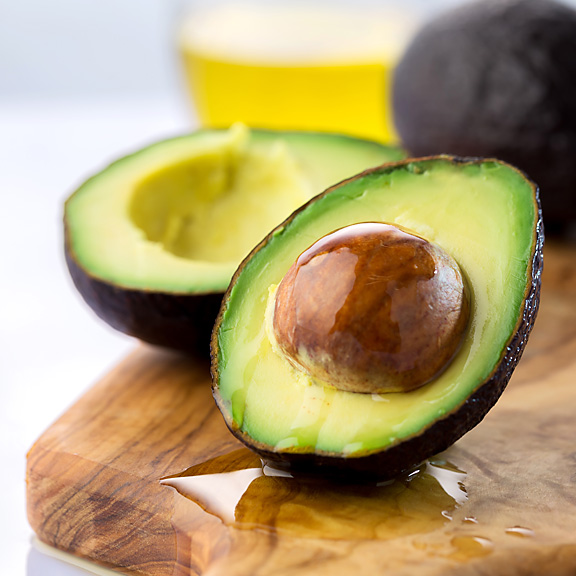
Fat & Oil
Animal Fat & Oil
Pork Fat is an energy source, produced out of Category 3- slaughterhouse by-products. Pork Fat is used in the animal feed industry and pet food industry. Pork Fat with 1-5 FFA.
Beef Fat is an energy source, produced out of Category 3-slaughterhouse by-products. Beef Fat is used in the animal feed industry and pet food industry. Beef Fat with 2-5 FFA.
Poultry Fat is an energy source, produced out of Category 3-slaughterhouse by-products.Poultry Fat is used in the animal feed industry and the pet food industry. Poultry Fat with 3-5 FFA
Poultry Oil is an energy source, produced out of Category 3-slaughterhouse by-products.Poultry Oil is used in the animal feed industry and the pet food industry. Poultry oil with 1 FFA
Fish Oil
Salmon Oil is obtained from the same salmon meal production, when the oil is separated from the stick water in centrifuges and is then passed through a polishing process.
Cold filtration of the fresh crude oil (appr. +10°C) gives a yellow to reddish-yellow oil which is distinguished by its low FFA and the typical fishy odour and taste. Veterinary Liver Oil is used as a supplement in animal food. It is also used by the leather industry in care products.
Refined and winterised Cod Liver Oil pharma grade Description: The cod liver oil is a fatty oil obtained from the fresh liver of cod and other gadidae (heating extraction and centrifugation, the cold filtration)Vitamins A and D3 added.
Mixed Fish Oil is obtained from the same fish meal production, when the oil is separated from the stick water in centrifuges and is then passed through a polishing process.

Vegetable Oil
is an edible oil pressed from the fruit of the Persea americana (avocado). As a food oil, it is used as an ingredient in other dishes, and as a cooking oil.
s an edible oil pressed from the fruit of the Persea americana (avocado). As a food oil, it is used as an ingredient in other dishes, and as a cooking oil.
Nigella sativa (black-caraway, also known as nigella or kalonji), often called black cumin, is an annual flowering plant in the family Ranunculaceae, native to south and southwest Asia.
Coconut oil, or copra oil, is an edible oil extracted from the kernel or meat of mature coconuts harvested from the coconut palm (Cocos nucifera). It has various applications. Because of its high saturated fat content, it is slow to oxidize and, thus, resistant to rancidification, lasting up to six months at 24 °C (75 °F) without spoiling.
Hemp oil or hempseed oil is obtained by pressing hemp seeds. Cold pressed, unrefined hemp oil is dark to clear light green in color, with a nutty flavour. The darker the color, the grassier the flavour.
Linseed oil, also known as flaxseed oil, is a colourless to yellowish oil obtained from the dried, ripened seeds of the flax plant (Linum usitatissimum). The oil is obtained by pressing, sometimes followed by solvent extraction. Linseed oil is a drying oil, meaning it can polymerize into a solid form.
Palm oil (also known as dendê oil, from Portuguese) is an edible vegetable oil derived from the mesocarp (reddish pulp) of the fruit of the oil palms, primarily the African oil palm Elaeis guineensis,[1] and to a lesser extent from the American oil palm Elaeis oleifera and the maripa palm Attalea maripa
Rapeseed (Brassica napus), also known as rape, oilseed rape rapa, rappi, rapaseed (and, in the case of one particular group of cultivars, canola), is a bright-yellow flowering member of the family Brassicaceae (mustard or cabbage family),
Soybean oil is a vegetable oil extracted from the seeds of the soybean (Glycine max). It is one of the most widely consumed cooking oils.
Sunflower oil is the non-volatile oil compressed from sunflower (Helianthus annuus) seeds. Sunflower oil is commonly used in food as a frying oil, with a high contend of Vitamin E
Walnut oil is oil extracted from walnuts Juglans regia (Persian walnuts). Each 100 g of oil provides about 63.3 g polyunsaturated fatty acids, 22.8 g monounsaturated fats, and 9.1 g saturated fats. It contains no cholesterol

